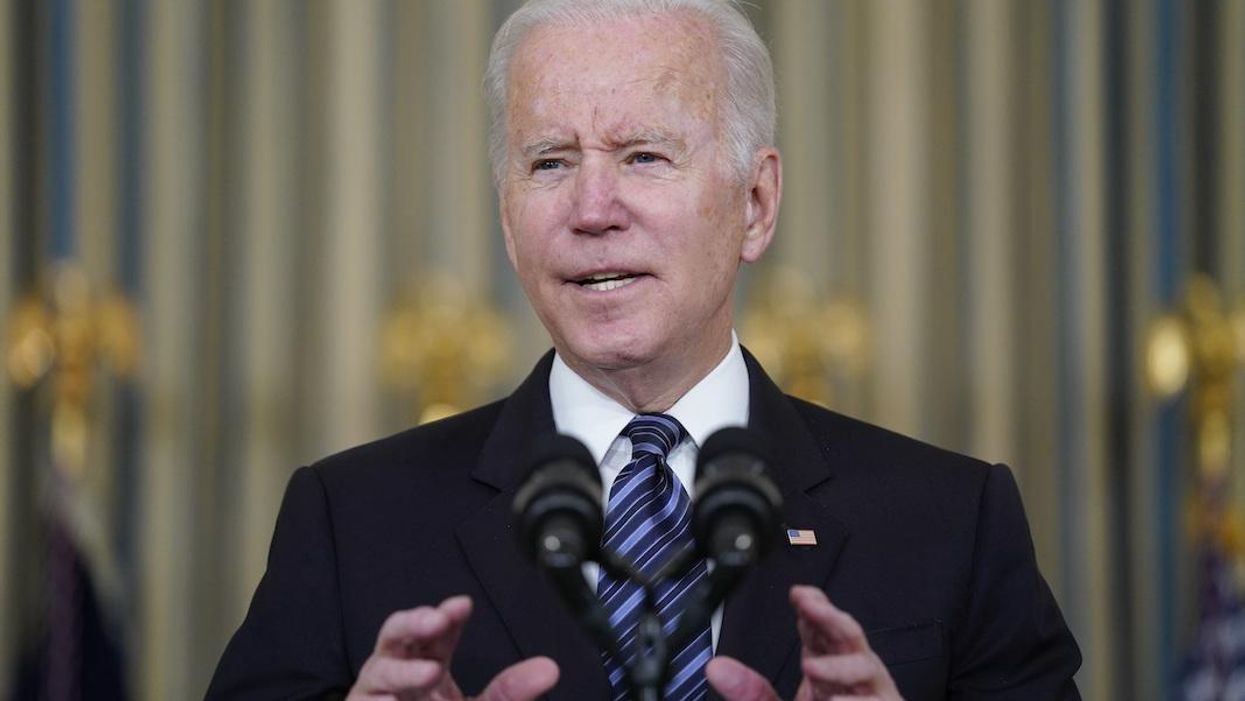What Will Trump Tax Cuts Really Cost? Double The Estimate
There is really only one signature legislative “achievement” from Donald Trump’s time in the White House: The 2017 Tax Cuts and Jobs Act. He did other things while in office—bungling the pandemic, wrecking relationships with allies, insulting veterans—but when it comes to bills pushed through Congress and collecting Trump’s signature, there’s only one thing that stands out. A tax bill that emptied the nation’s coffers to pay off billionaires and corporate bosses.
Even at the time, it was clear that the bill would be extremely costly. Republican leaders claimed that the tax bill would generate growth and lead to “$1 trillion in additional revenue.” But the Congressional Budget Office estimated that the bill would actually cost the government $1.9 trillion before its cuts expired in 2025.
Now the CBO is back with a new estimate of what it would cost to keep Trump’s tax cut in place over the next decade, and that estimate is more than double the original cost. Keeping Trump’s tax cuts would cost a whopping $4.6 trillion and send the nation on a path to a level of deficit only seen during the Great Depression, World War II, and … Trump’s bungling of the pandemic.
Trump’s tax cuts are slated to expire in 2025, meaning that the winner of this election is going to determine whether the nation puts an end to this gravy train for billionaires, or extends it at a crushing cost to the average American. At his fundraiser that supposedly made $50 million in April, Trump told wealthy donors exactly what they wanted to hear: He plans to extend the tax cuts.
Not only has Trump’s plan generated a crushing deficit that only gets much worse over time, but it has also failed to stimulate economic growth as Trump and Republicans promised. A National Bureau of Economic Research study shows that the bill produced only a small fraction of the promised benefits. Far from generating revenue, as Republicans promised, corporate tax revenue dropped by $100 to $150 billion per year.
These effects are similar to what a Brookings analysis predicted in 2018: a small, short-term stimulus effect followed by negligible long-term benefits and a significant reduction in federal revenues.
What we know now is exactly what was projected then:
- Trump’s tax cut is heavily skewed to benefit a specific group of the extremely wealthy.
- Far from increasing tax revenues, or being revenue neutral, it has generated enormous deficits that threaten to drown the nation in debt.
- Despite having “jobs” in the title, the bill did not generate the waves of new investment that Trump promised.
President Joe Biden has already made it clear that he would not extend Trump’s plan and its crushing deficit. Instead, he has proposed a package that would see increases for those making over $400,000 a year, while cutting taxes for lower income Americans. Biden’s plan includes:
- Requiring billionaires to pay at least 25 percent of income in taxes.
- A corporate minimum tax of 21 percent that would end corporations paying nothing.
- Denying corporate tax breaks for multi-million-dollar executive compensation.
- Quadrupling the tax that corporations pay when they buy back their own stock.
The conservative American Enterprise Institute prepared an analysis of Biden’s plan in advance of the 2020 election and found that, rather than costing another $4.6 trillion, as Trump’s plan would, Biden’s changes would result in $3.8 trillion in revenue increases. It would also make the tax system more fair and progressive.
There are many reasons to reelect Biden in the fall; so many that tax policy may not be getting as much attention as it usually receives. But that $8.4 trillion difference in revenue over the next ten years is the difference between a government that is capable of responding to issues like the climate crisis and other new threats as they arise, and one that is designed only to set back and provide a constant stream of cash for those who need it least.
Reprinted with permission from Daily Kos.












Trump Cabinet Nominee Withdraws Over (Sane) January 6 Comments